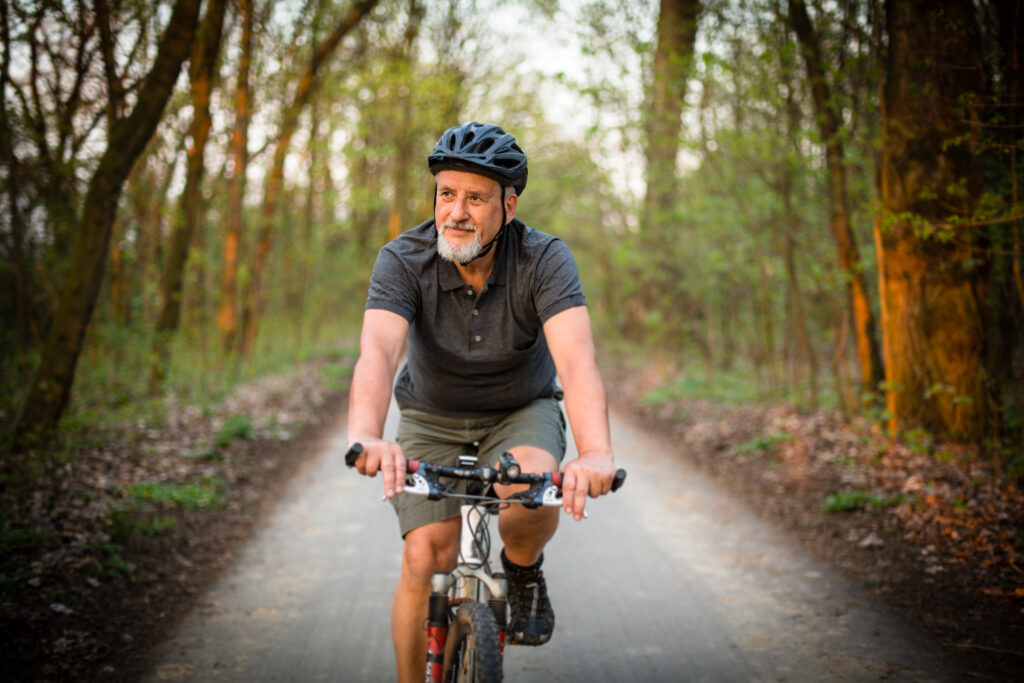About one in every 10 Americans—some 37 million people—suffers from type 2 diabetes. And it’s not just for older people anymore. While diabetes typically develops in those over the age of 45, more and more cases are being reported in younger adults—and even teens and children.
Prevention is the front-line defense against diabetes, with at least 30 minutes per day of moderate-to-intense exercise often recommended to help ward off the disease. But those recommendations haven’t taken genetic risk factors into account, say Australian researchers who recently published a study in the British Journal of Sports Medicine that attempted to do just that.
The Study
The new study involved 59,325 adults from the UK Biobank, a database of half-a-million people that contains information about their health and genetics, including genetic markers associated with a higher risk of type 2 diabetes. People with a high genetic risk score are 2.4 times more likely to develop type 2 diabetes than those with a low genetic risk score.
For the Australian study, volunteers wore wrist accelerometers (activity trackers) that the researchers used to measure their exercise levels. After a period of seven years, the results showed that participants who engaged in more than an hour of moderate-to-vigorous physical activity per day showed a 74 percent lower risk of type 2 diabetes than participants who did less than 5 minutes of physical activity each day.
These results were evident even when other factors, including genetic risk, were accounted for. In fact, participants with a high genetic risk in the most active category of the study had a lower risk of developing type 2 diabetes than those with a low genetic risk in the least active category.
Conclusions
Melody Ding, PhD, the study’s senior author and associate professor at the University of Sidney, says that although the roles of genetics and physical activity in the development of type 2 diabetes had already been well established, until now there was little evidence that the genetic risk could be counteracted by exercise.
“We are unable to control our genetic risk and family history,” she says, “but this finding provides promising and positive news that through an active lifestyle, one can ‘fight off’ much of the excessive risk for type 2 diabetes.”
These findings are personally important to Ding, whose father was recently diagnosed with diabetes. “My dad’s side of the family has a history of type 2 diabetes, so the result of the study is extremely heartening for my family and myself. As an already active person, I now have extra motivation to keep this active lifestyle,” she says. “Our hope is that this study will inform public health and clinical guidelines so that it can help chronic disease prevention for health professionals, organizations, and the public.”
Moderate-intensity physical activity includes any movement that makes you sweat and gets you slightly out of breath, such as brisk walking and general gardening. Examples of vigorous-intensity physical activity include running, aerobic dancing, cycling, and heavy gardening such as digging—activities that make you out of breath or cause you to breathe heavily.






